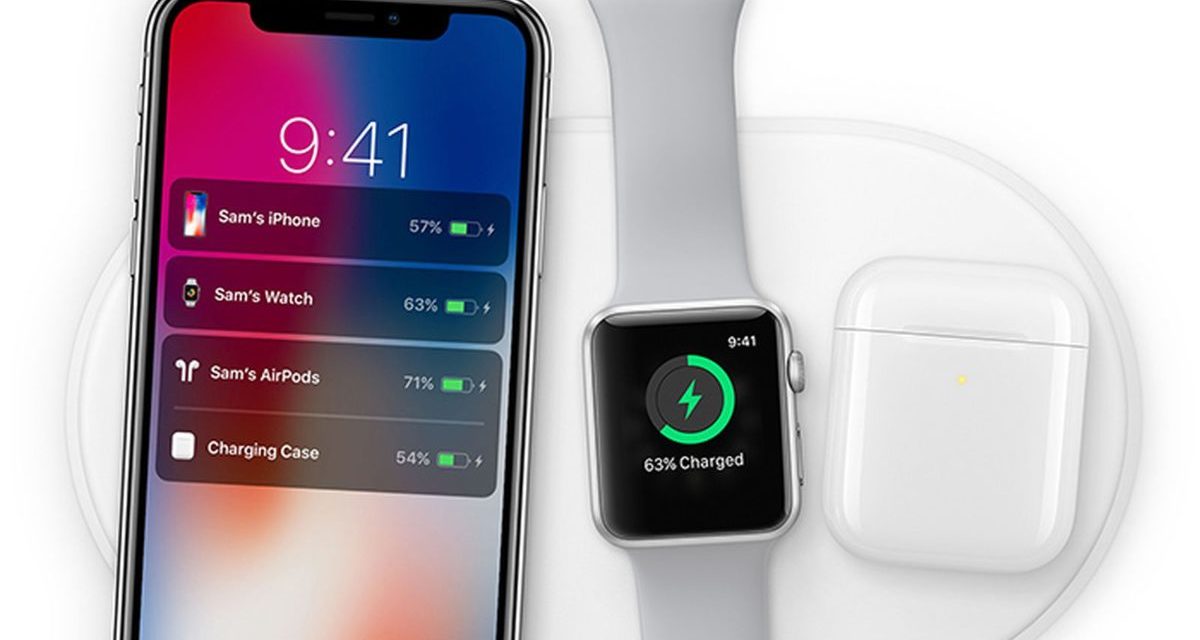Apple has been granted yet another patent (number US 11710984 B2) that shows the abandoned AirPower project could yet be revived.
About the AirPower
The AirPower (pictured in an image released by Apple almost four years ago) was originally announced in September 2017 alongside the iPhone X. It was supposed to be able to charge a Qi-compatible iPhone, an Apple Watch, and a pair of AirPods (in a special wireless charging case) at the same time regardless of where they were placed on the pad.
However, there were constant rumors of production, engineering, and manufacturing difficulties. Seems those rumors were right, as Apple announced in March 2018 that work on the device was being canceled as, in Apple’s words, “will not achieve our high standards.”
About the patent
The newly granted patent relates generally to power systems, and, more particularly, to wireless power systems for charging electronic devices. In the patent Apple notes that in a wireless charging system, a wireless power transmitting device such as a charging mat wirelessly transmits power to a wireless power receiving device such as a portable electronic device.
The wireless power receiving device has a coil and rectifier circuitry. The coil receives alternating-current wireless power signals from the wireless charging mat. The rectifier circuitry converts the received signals into direct-current power.
Summary of the patent
Here’s Apple’s abstract of the patent: “An electronic device in a wireless power system may be operable with a removable accessory such as a case. The device may have coplanar power transmitting and power receiving coils. The transmitting coil may be positioned within a central opening of the receiving coil. The removable accessory may have an embedded receiving coil configured to receive wireless power from the transmitting coil of the electronic device.
“The receiving coil of the electronic device may receive wireless power from a power transmitting device such as charging mat. The receiving coil of the electronic device may operate up to a higher maximum power than the transmitting coil of the electronic device. The power transmitting coil and power receiving coil in the electronic device may operate at different power transmission frequencies. To mitigate crosstalk, the power transmitting coil’s operation frequency may be a non-integer multiple of the power receiving coil’s operation frequency.”
Article provided with permission from AppleWorld.Today


